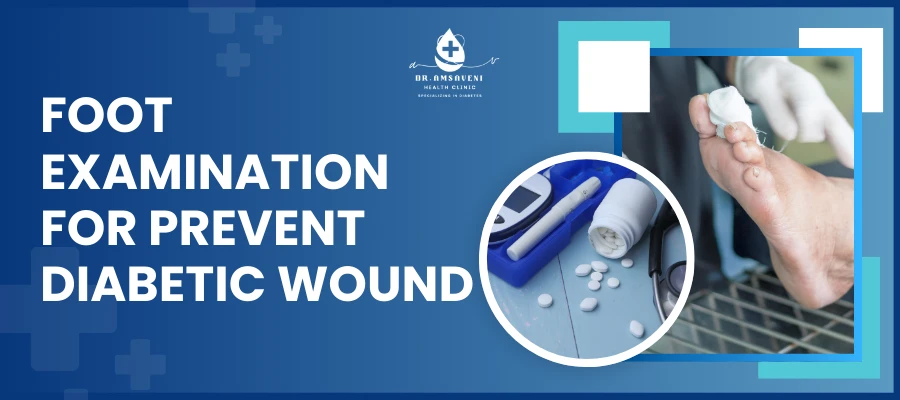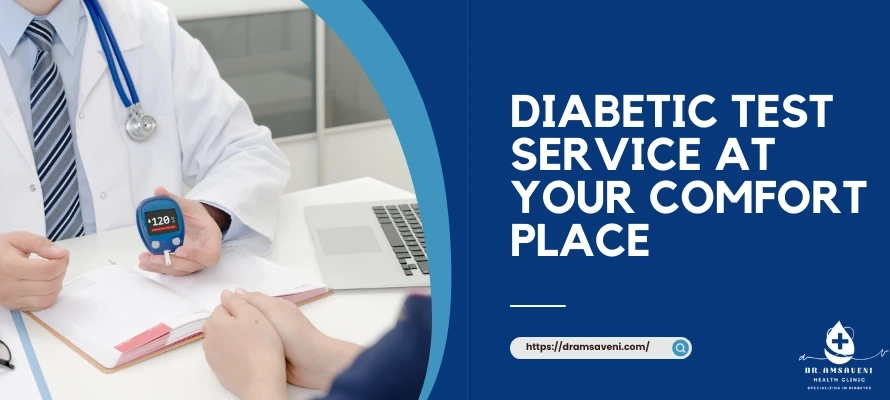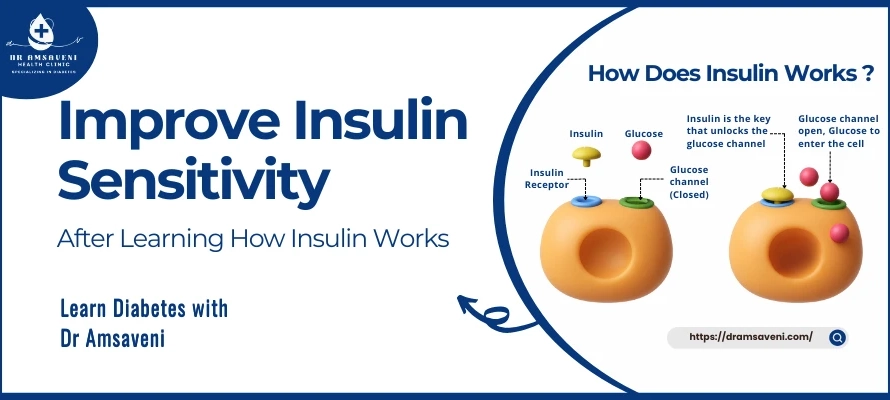The Importance of Foot Care for Diabetics
Foot care is crucial for individuals with diabetes due to the heightened risk of complications. The importance of this test in preventing serious foot issues cannot be overstated. The need for this comprehensive foot risk profile arises from the increased prevalence of foot-related problems in diabetics. Regular assessment of foot health can prevent diabetic wounds and other complications.
Foot Risk Profile Components
The foot risk profile includes the Neuro Scan, Podo Scan, and Ankle Brachial Pressure Index. Diabetics are encouraged to take this test to ensure early detection and prevention of potential problems. Those who should take this test include individuals diagnosed with diabetes, especially those experiencing symptoms of neuropathy or peripheral artery disease.
➛ Neuro Scan
The Neuro Scan is utilized to study the sensation loss in the feet. This test helps identify areas with reduced sensation, which is crucial in preventing future injuries. When it is known that the foot is losing sensation, more care can be taken to avoid potential harm. Sensation loss is a common issue in diabetics, making the Neuro Scan an essential part of the foot risk profile.
➛ Podo Scan
The Podo Scan analyzes the pressure points in the feet. This information is vital in creating customized footwear that can prevent injuries at those points. Additionally, offloading, which is the process of relieving pressure from specific areas, plays a significant role in healing non-healing ulcers of the foot. The Podo Scan ensures that pressure points are identified and addressed effectively.
➛ Ankle Brachial Pressure Index (ABPI)
The Ankle Brachial Pressure Index (ABPI) measures blood flow in the legs by comparing the blood pressure in the ankle and the arm. This test is critical in detecting peripheral artery disease (PAD), which can lead to severe complications if left untreated. The ABPI provides valuable information about blood circulation and helps in preventing diabetic wounds.
Importance of Regular Assessments
A comprehensive foot risk profile is essential for effective foot care in diabetics. By combining the Neuro Scan, Podo Scan, and Ankle Brachial Pressure Index, a thorough assessment of foot health is achieved. Regular monitoring and early detection through these tests can prevent diabetic wounds and ensure better foot care. The importance of foot care in diabetics cannot be emphasized enough, and this comprehensive approach provides a reliable method for maintaining foot health.
| Test | Normal Range | Abnormal Range | Interpretation |
|---|---|---|---|
| Neuro Scan | Normal sensation | Reduced or no sensation | Risk of injury due to sensation loss |
| Podo Scan | Even pressure distribution | High pressure points | Risk of foot ulcers or injuries |
| Ankle Brachial Pressure Index (ABPI) | 1.0 - 1.4 | <0.9 (PAD) or >1.4 (arterial stiffness) | Poor blood circulation or arterial issues |
Conclusion
In summary, the foot risk profile is a necessary tool for anyone with diabetes. It helps prevent diabetic wounds and ensures that potential issues are identified and addressed early. Regular foot care through these assessments is crucial in managing diabetes effectively and maintaining overall health.
This blog content provides a unique and comprehensive view of the importance of the foot risk profile for diabetics. Every keyword has been incorporated twice to ensure a thorough understanding of the subject. The significance of foot care, especially in diabetics, is highlighted, and the role of the Neuro Scan, Podo Scan, and Ankle Brachial Pressure Index in preventing complications is clearly explained.





